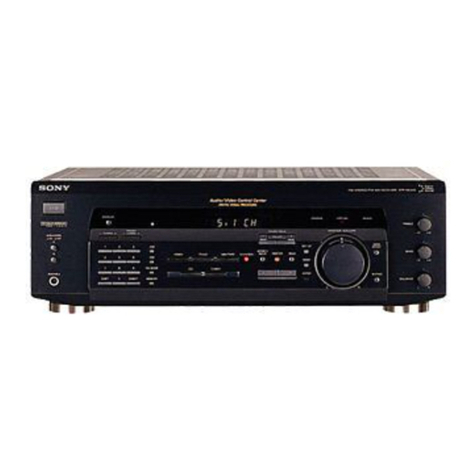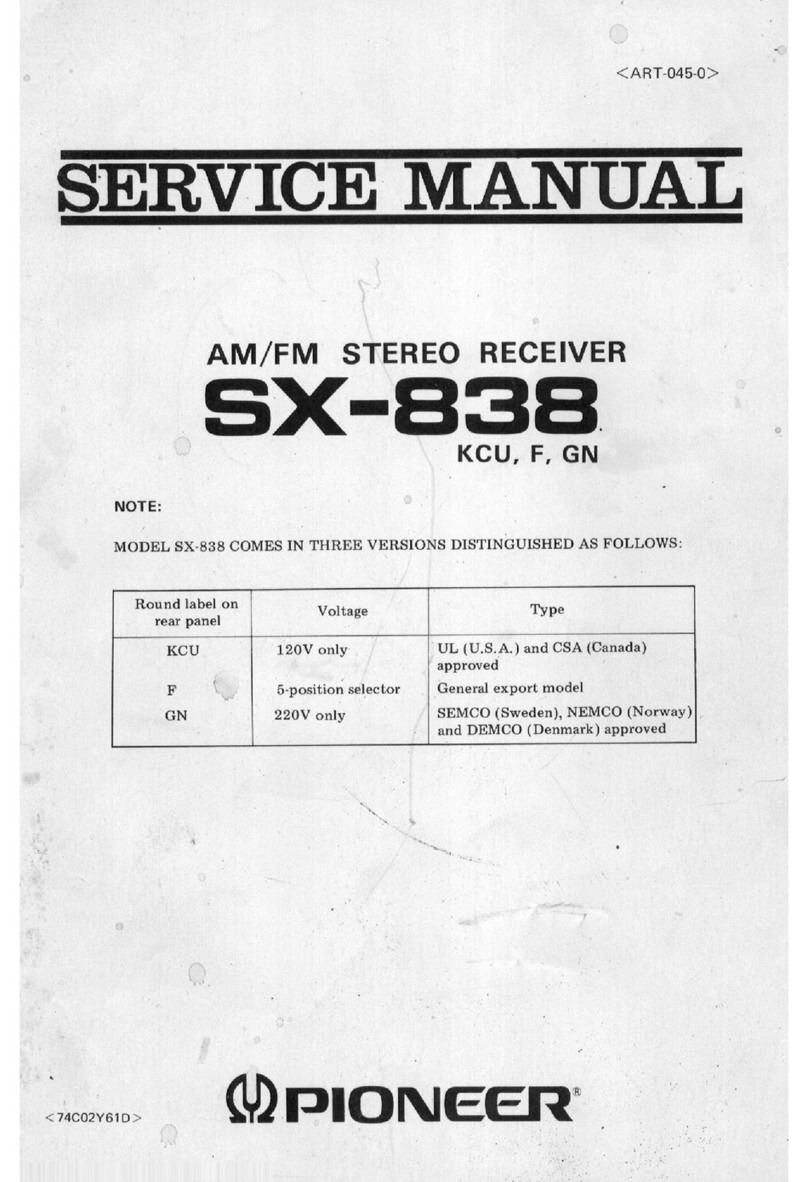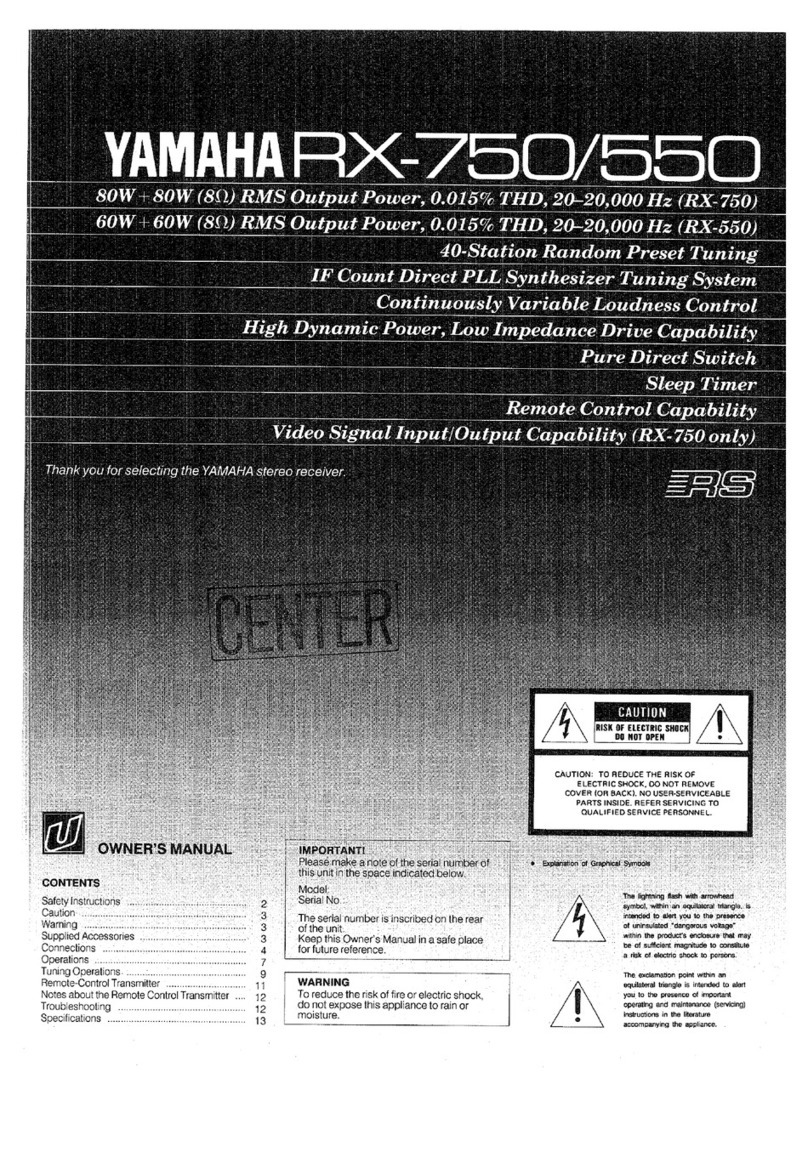
CT_SSP-800 Service Manual V1.0.docx
Firmware Download procedure
Firmwares are found at the following link:
http://www.classeaudio.com/downloads/Downloads.htm?Path=/OPERATING_SOFTWARE
USB Driver:
http://www.silabs.com/Support%20Documents/Software/CP210x_VCP_Windows.zip
Microsoft Redistributable software:
http://www.microsoft.com/en-us/download/details.aspx?id=5638
1. Follow the link above for the correct Firmware
2. Select the file for the model you want to update.
3. The *.pkg file is the operating software for the Classé component. Download the *.pkg file and save to
a location on your hard drive. Take note of this location as you will be prompted for the location of the
*.pkg file later on.
4. Download the Downloader.exe file and save it to your desktop. You need this program to load the software
(*.pkg) into the Classé component. If you‟re having trouble with this program you may need to download the
redistributable package from Microsoft located here.
Note: Always read the RELEASE NOTES for the software you are planning to download to confirm that the
download is appropriate for your unit.
5. Power down the Classé unit using the main power switch at the rear of the unit.
6. Connect the unit to your PC. All models can be connected using a Pin-to-Pin RS232 cable. Models that also
have a USB port have the option of using the B side of a USB A/B cable. Using the USB port disables the RS-
232 port and vice versa.
7. Follow the instructions below for your particular cable selection:
Updating via RS-232 input
There are two scenarios for connecting with RS232A. If your PC has only one RS232 port simply plug in the
RS232 cable. In this case the communication port should be COM1. Follow the instructions below to verify.
B. If your PC has no RS232 connector, you may use a USB to RS232 adaptor. These adaptors are available at
your local electronics store, and come with the appropriate drivers for installation on your PC. Follow the
instructions for the adaptor carefully to ensure proper installation. It is possible, in both cases, for COM1 to be
unavailable. If this is the case you must identify the port you are connected to. To verify:
1. PRESS START �CONTROL PANEL �SYSTEM
2. Once in the “SYSTEM PROPERTIES” window select the “HARDWARE” tab.
3. Select “DEVICE MANAGER”. A “DEVICE MANAGER”window will open with a list of devices on your computer.
4. Find the “PORTS (COM & LPT)” section in the list, and expand it (if not already expanded) by clicking on the
small “+” sign to the left.
5. Find the connector you are using in the list, and take note of the COM port associated to it. This information
is in brackets beside the description. I.e. “Prolific USB-to-serial Bridge (COM1)”.
Updating via USB input
1. Connect the B end of the USB cable to the rear of the unit.
2. Connect the A end of the USB cable to your PC.
Note: Ensure that your PC is booted up, and has an internet connection available as you may need to install
Drivers from Microsoft Update. If you do need to install drivers a dialogue box will automatically appear on
your PC stating that there is new hardware. Follow the directions to install the necessary drivers for the USB
connection. You will need to follow this process twice as there are 2 sets of necessary drivers. The second
installation will automatically start once the first is completed.
3. Once the hardware is installed you must take note of the COM port being used by the USB connector. To find
this information press START �CONTROL PANEL �SYSTEM.
4. Once in the “SYSTEM PROPERTIES” window select the “HARDWARE” tab.
5. Select “DEVICE MANAGER”. A “DEVICE MANAGER”window will open with a list of devices on your computer.



























